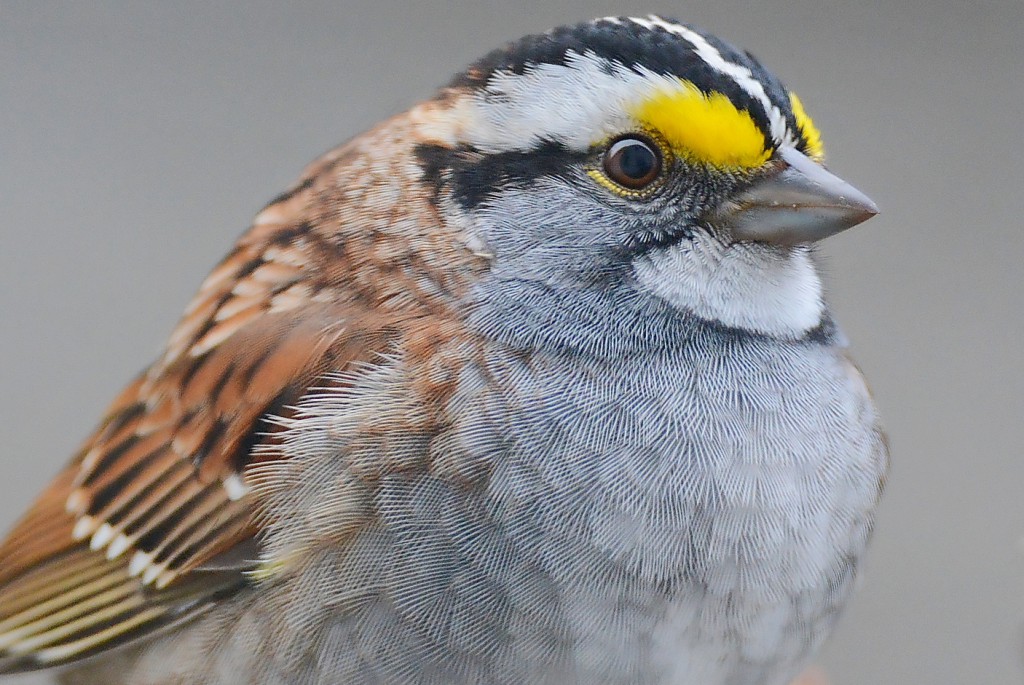 Photo ©
Steven Liffman
Photo ©
Steven Liffman
Twinning In White-Throated Sparrows
Two years ago, NestWatch brought you the story of twin Eastern Bluebirds discovered by participant Gerald Clark. We’ve recently learned that researchers have since found a new species for which twinning is now known to occur.
Adam Betuel observed the first documented case of twinning in White-throated Sparrows, a bird which breeds in the boreal forests of North America. Interestingly, White-throated Sparrows have two color morphs: tan and white. Morph type is important in White-throated Sparrows because individuals of one color type almost exclusively mate with the other color type. At the time of the discovery, Adam was working on his Ph.D., and conducting field research at the Cranberry Lake Biological Research Station (Adirondacks, New York). He focused on parental care, begging behavior, and nest success of the White-throated Sparrows. Part of Adam’s project involved the collection and inspection of any remaining unhatched eggs, to investigate why they didn’t hatch. During the dissection of a rather large egg, he discovered a pair of embryos—twins! Molecular analysis revealed that one embryo was a female white morph and the other was a male tan morph, indicating that the twins were fraternal rather than identical.
Twinning in wild birds is an extremely rare occurrence, and Adam was fortunate to study the phenomenon. Adam told us, “One of the components I liked the most about my research and about the topic of twinning is that it provides you a glimpse into the hidden world of bird breeding and nesting. Nests are all around us, but they can be hard to find. They hold so many secrets about bird behavior, growth, genetics, and life history. It always seemed like a privilege to be watching them tend to their nests or offspring…like I was catching a glimpse into a hidden world.”
Adam is now continuing his enthusiasm for nesting birds as the Director of Conservation at the Atlanta Audubon Society, one of NestWatch’s newest regional chapters.
 Photo ©
Photo ©